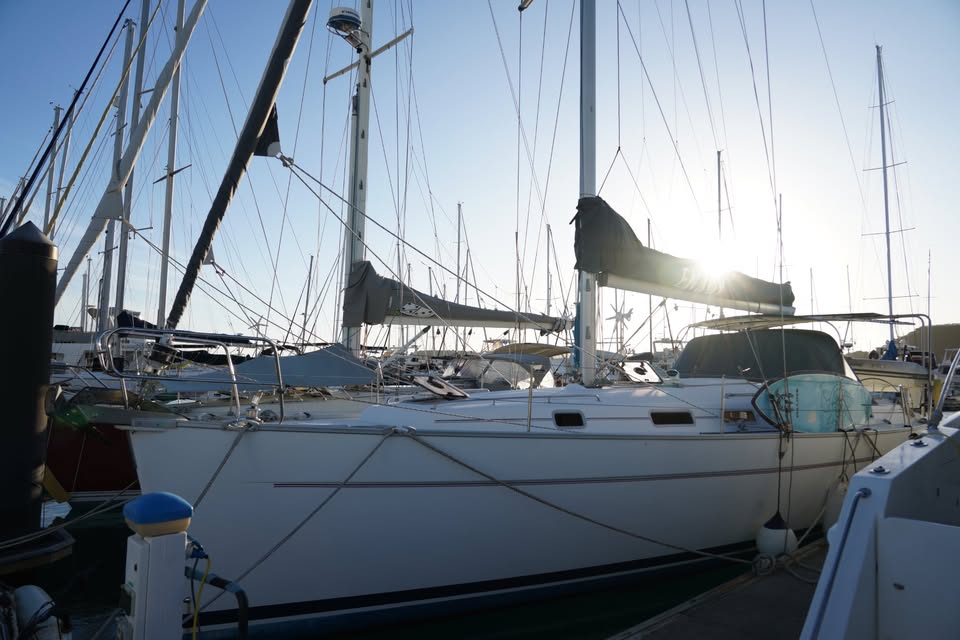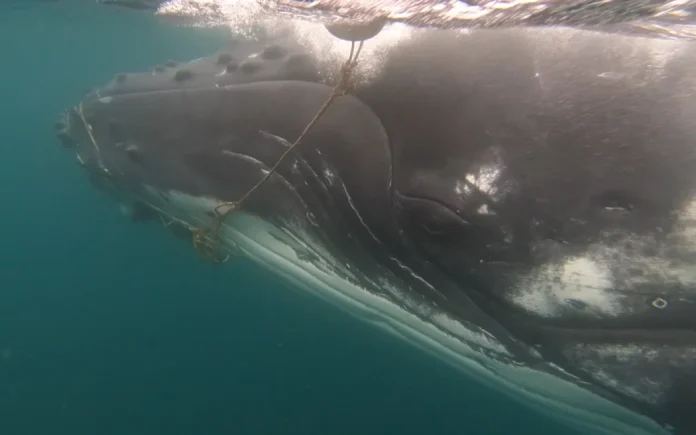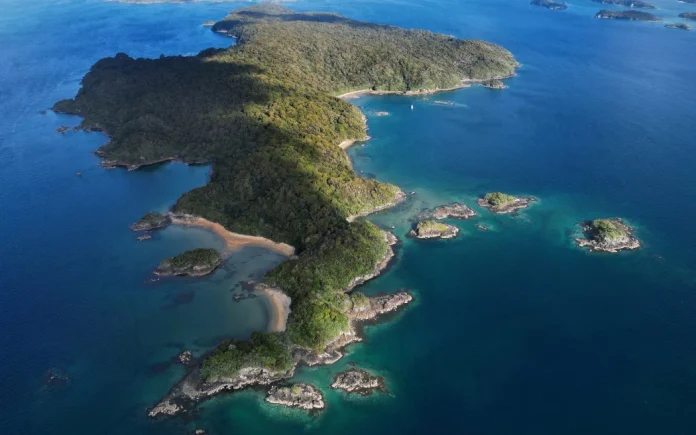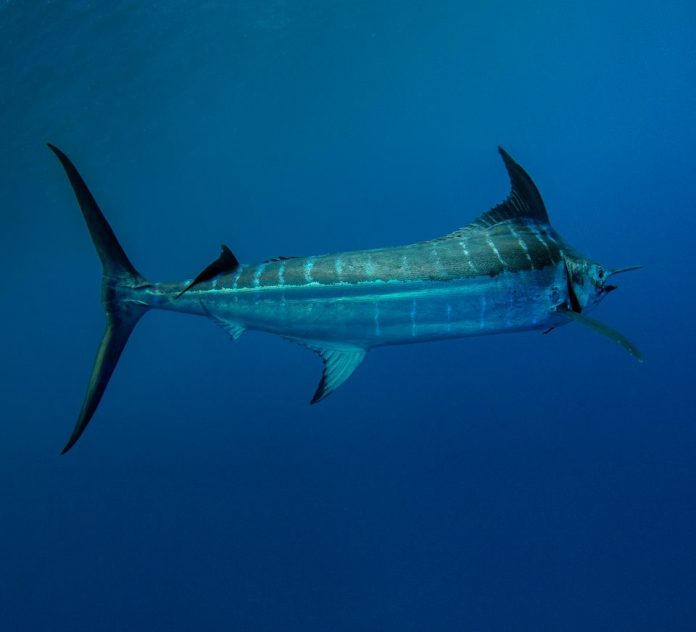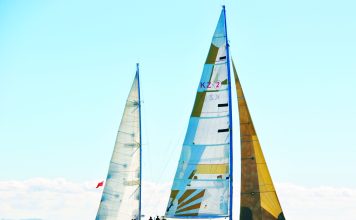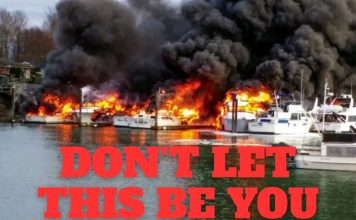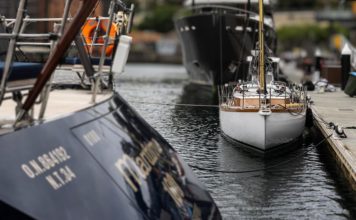Most Kiwi boaters are considerate of New Zealand’s marine environments. A healthy marine environment is essential to our enjoyment of the water that surrounds our shorelines and beyond. Whether we are fishing, cruising, or simply taking in the beauty of our coastal waters, the health of these ecosystems directly impacts our experiences on the water. New Zealand’s marine environment is dynamic and ever-changing, influenced by tides, currents, and the delicate balance of marine life. As boaters, we rely on clear waters, thriving fish stocks, and safe navigation to make the most of our time at sea. But to protect these marine spaces, we must first understand them—how they function, where vulnerabilities lie, and what we can do to ensure their future.
The most detailed seafloor and habitat maps for Canterbury were released yesteday (26 March, 2025), marking a major milestone for the Iongairo project. This initiative, launched in partnership with local Māori groups, the Department of Conservation (DOC), and Environment Canterbury, is transforming New Zealander’s understanding of the marine ecosystems around Te Pātaka o Rākaihautū/Banks Peninsula. The new maps offer significant benefits for recreational and commercial boaters, improving navigation safety and supporting sustainable marine activities.
A collaboration rooted in tradition
Iongairo is a collaborative effort involving the papatipu rūnanga of Te Pātaka o Rākaihautū, DOC, and Environment Canterbury. The project name, Iongairo, reflects the connection between Papatūānuku (Earth) and Tangaroa (Sea), highlighting the importance of understanding how land and ocean interact.
Local rūnanga, such as Ōnuku and Wairewa, have played a key role in this project. They bring a deep knowledge of the environment, passed down through generations, ensuring the data collected aligns with Māori values and traditions.
The journey to mapping the seafloor
The project began in 2021 when Iongairo partners joined forces with Toitū Te Whenua Land Information New Zealand (LINZ). LINZ needed to update maritime charts for safer navigation, and this provided a perfect opportunity to collect high-quality data for ecological research. For boaters in Canterbury, these updated charts mean improved safety and accuracy in navigating the waters around Banks Peninsula.
The mapping effort involved high-tech hydrographic surveys, which used specialist vessels like MV Tranquil Image and Tupaia. These vessels scanned the seabed at slow speeds, gathering 3D images of the ocean floor. Researchers then conducted “ground-truthing”—a process of collecting sediment samples and underwater images—to confirm the seabed’s composition and its marine life.
What the maps reveal
The newly released maps offer the most comprehensive view of Canterbury’s seafloor ever created. They provide detailed insights into marine habitats, showing areas of rock, sand, and mud, as well as key species such as pāua, mussels, and different seaweed types.
For New Zealand boaters, these maps are more than just scientific data—they offer practical advantages. They’ll help inform the body of information that exists to help recreational fishers to locate key fishing areas while ensuring they operate within sustainable limits. With better information about seabed conditions, skippers can also make more informed decisions about anchorage and navigation, reducing risks posed by submerged hazards.
This information is invaluable for managing marine biodiversity. It allows researchers to assess the impacts of climate change, pollution, and human activities on the environment. The data will also support better management of customary fishing areas and marine reserves, helping to protect the region’s unique marine life.
A legacy for future generations
Local Māori leaders see Iongairo as a way to continue the legacy of their ancestors, who were skilled in studying the marine environment. Robin Wybrow, a leader from Wairewa Rūnanga, emphasises that this project ensures traditional knowledge (mātauranga Māori) is passed on to future generations.
“We hope this research will inspire our rangatahi (youth) to pursue careers in science and marine conservation, blending modern technology with our ancestral knowledge,” he says.
For New Zealand’s boating community, this also represents an opportunity to foster greater respect for the marine environment. Understanding how land and sea interact can help boaters become stewards of the ocean, ensuring sustainable practices for future generations.
What’s next?
The Iongairo project is scheduled to run until June 2024, with the goal of laying the foundation for further research. The data collected will help communities, scientists, and government agencies make informed decisions about ecosystem management.
As DOC’s Jo Macpherson explains, “Understanding where different habitats are and how marine life uses them is vital for conservation. This project is a huge step towards protecting Canterbury’s marine biodiversity.”











